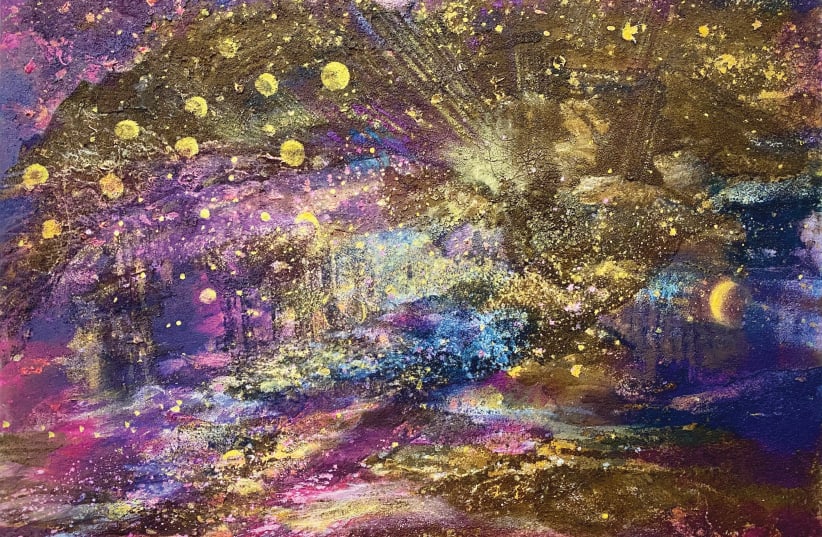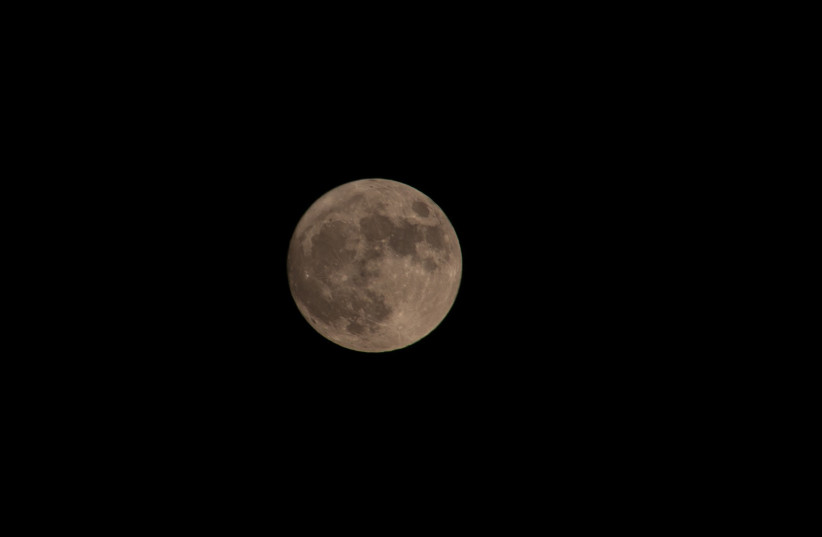“And the Lord spoke unto Moses and Aaron in the land of Egypt, saying: ‘This month shall be for you the beginning of months; it shall be the first of the months of the year for you’.” (Exodus, 12:1-2)
Between the plague of darkness and the final plague – the death of the firstborn – God gives the first of the commandments to mark the month they are in, Nisan, as the first month of the year.
In a sense, this moment also marks the second “beginning” of the Torah. In his comment on Genesis 1:1, Rashi asks why the Torah does not begin with “this month” rather than with the creation of the world. Since the Torah was given for the sake of the commandments, what is the point of all these stories? Rashi answers his own question: God wanted first to establish His authority as the creator of the world, with the right to assign the Land of Israel to whomever He chose, so that the nations could not accuse Israel of stealing (although in fact, they do).
With “This month…” the light of Torah begins to emerge from the darkness of history. Immediately afterward come the directions for the Passover sacrifice, in preparation for the exodus from Egypt. Out of darkness, the nation of Israel is born. Our sages tell us that even though the story of creation was important, coming out of Egypt and receiving the Torah was greater.
It is here that we see the beginning of the Jewish calendar, whose months are based on the cycle of the moon rather than the sun as in the Gregorian calendar. The month, like the day as set in Genesis, begins in darkness: “and there was evening and there was morning” And the Midrash tells us that it was just before sunset that God showed Moses the waxing moon.
The Moon and the people of Israel
The people of Israel are often identified with the moon. Jewish history has known periods of great darkness, but these were always followed by a renewal of the light. We are given the power of renewal and increasing even after we have been diminished.
The Midrash tells us that this passage is the source of the commandment to “sanctify the moon” monthly. Rashi explains that Moses found difficulty determining the exact size and precise moment of the renewal of the moon for it to be fit for sanctification. So God showed him with His finger the moon in the sky and said to Moses, “You must see a moon like this and sanctify the month.”
The Sanctification of the Moon prayer is a celebration of creation – and of our own place in it.
Our sages tell us that the renewal of the moon each month is a reminder of the wonders of creation, as if the divine presence, so often hidden in our world, is coming out to greet us. The Talmud tells us, “To bless God for the new moon at the proper time is like greeting the divine presence” (Sanhedrin 42a). On the occasion of the moon’s renewal, we say special prayers in appreciation of the entire masterpiece of celestial orchestration. And then, after lifting our heels three times, we say (to the moon), “Blessed is your Maker; blessed is He who formed you... Just as I leap toward you but cannot touch you, so may all my enemies be unable to touch me harmfully.”
Yoram Raanan’s painting Lunar Considerations evokes the deep, dark spaces of the heavens, with gold jewels and royal colors depicting the majesty of the cosmos. Many moons reverberate throughout the darkness, in different phases and stages, symbolizing how even when we are in great darkness – such as we experienced in Egypt and throughout the centuries – we are like the moon that emerges and expands.
That is our first commandment – to know and believe that even in the darkest time, where there is hardly a glimpse of light, we have the power to be always renewing and reinventing ourselves.
Journalist Dovid Zaklikowski defines sanctifying the moon on its reappearance as “a way of renewing our trust in God’s constant presence in our lives, and restoring our awareness that all He does is ultimately for our good.”■
Meira Raanan is the author of Art of Revelation: A Visual Encounter with the Jewish Bible, a commentary on the paintings by her husband, Yoram Raanan. She also teaches Jewish meditation. Esther Cameron is a poet, scholar, and essayist living in Jerusalem. She is editor-in-chief of The Deronda Review.

